MEMBERS of the veteran community gathered at the Castle in Launceston on Saturday, June 29, for the traditional flag raising ceremony to mark Armed Forces Day.
At 9.45am members of Launceston’s Royal British Legion and the public gathered at the base of the town’s castle. Elsie Crane of Launceston Town Band gave the Last Post, and those present took a moment to reflect.
The chairman of the Launceston branch of the Royal British Legion, Paul Oliver and president John Knights thanked those present for attending and invited all back to Edymead Hall on Tower Street afterwards for refreshments.
There were a number of other events being held across town on the day including a summer market in the square and a special performance in the town’s church.
The musical director of St Mary Magdalene Church, Launceston, Dr Sean Sweeney, gave a well attended organ recital recently at St Mary’s to celebrate Armed Forces Day.
He started his programme with the rousing Dambusters’ March by Eric Coates followed by two quieter numbers, Chanson de Nuit by Edward Elgar and Rhosymedre by Ralph Vaughan Williams.
He then launched into a Hornpipe Humoresque by Noel Rawsthorne which started as a simple hornpipe but then incorporated music by Bach, Vivaldi and Arne’s Rule Britannia before ending up with Widor’s Toccata.
He then played George Thalben-Ball’s well known Elegy which started life as an improvisation at the end of a live broadcast he was giving on the BBC which ended three minutes earlier than expected so the producer waved his arms to tell the organist to continue. Listeners liked the piece so Thalben-Ball then had to try to remember roughly what he had played and write it down.
Dr Sweeney then played Chanty by Percy Whitlock before the ever popular Nimrod from Elgar’s Enigma Variations which he said was the most requested music he was asked to play at funerals and this was in memory of servicemen who had given their lives in the service of this country.
The concert finished with the well known march Crown Imperial by William Walton which was written for the coronation of King George V1 in 1937.
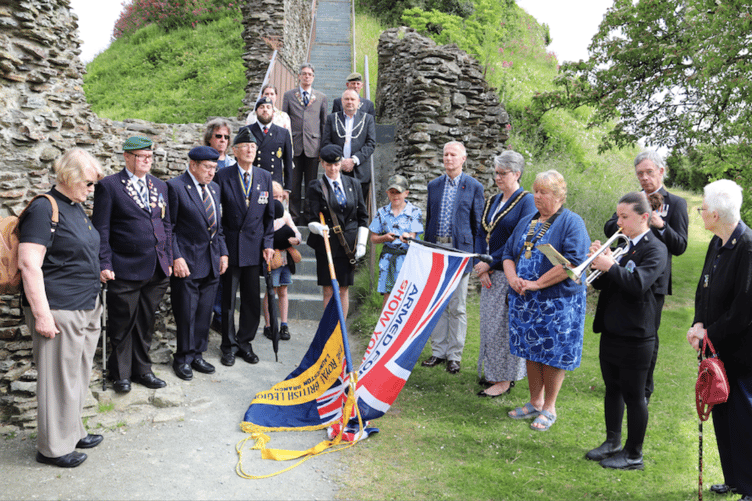
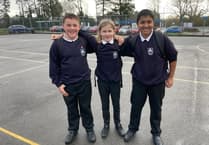
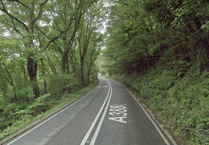
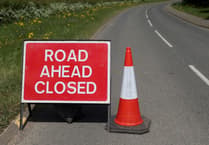
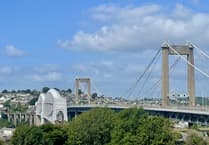
Comments
This article has no comments yet. Be the first to leave a comment.